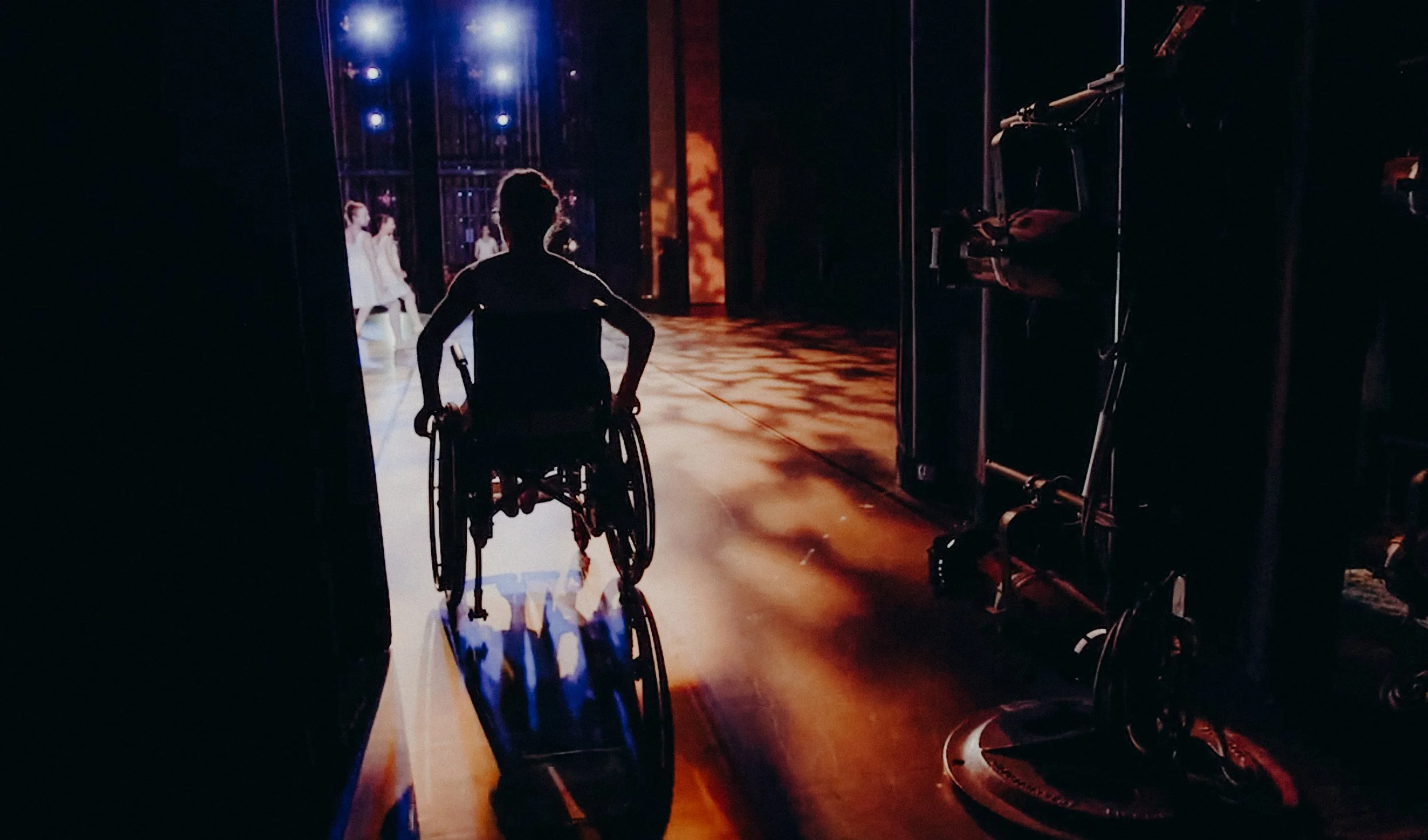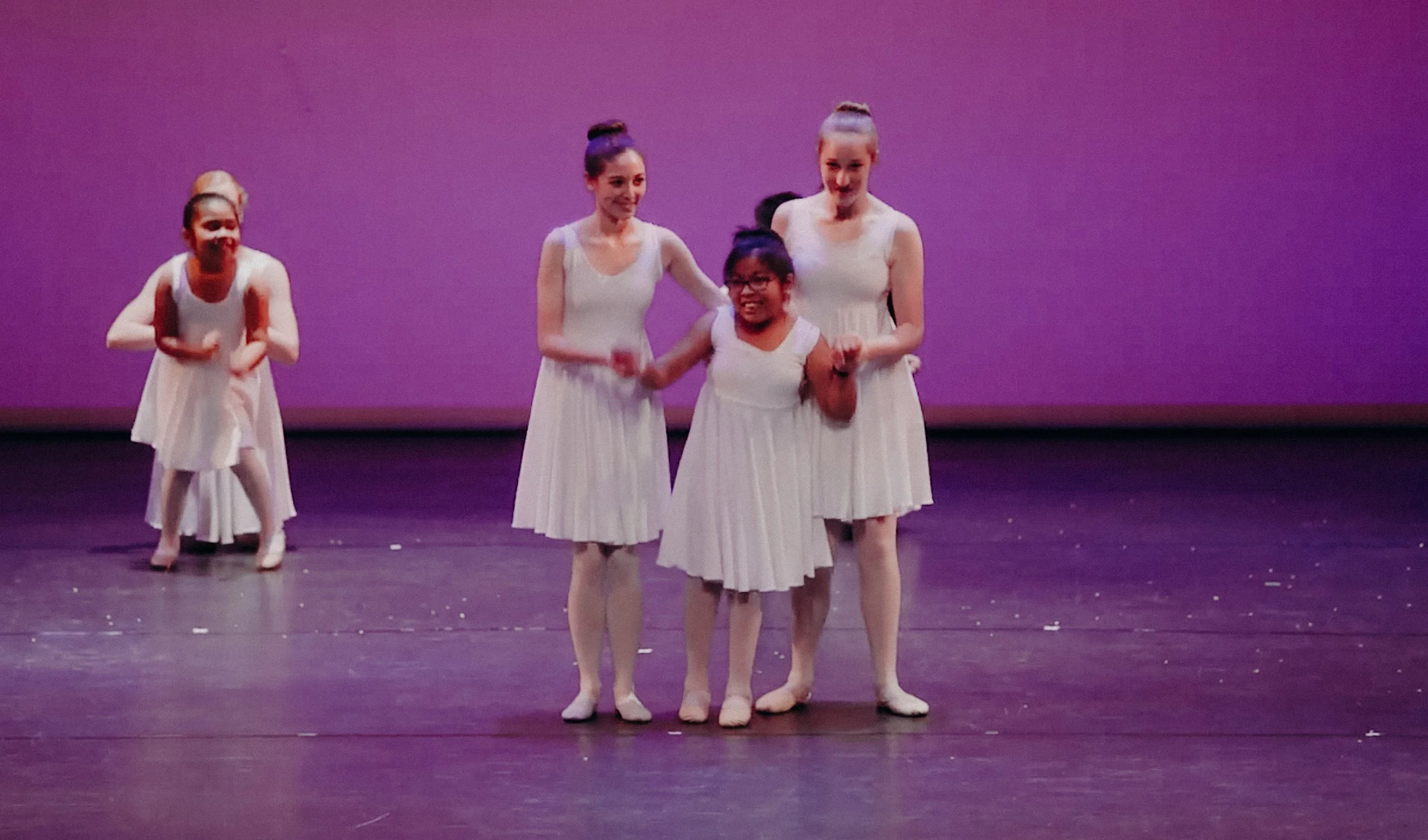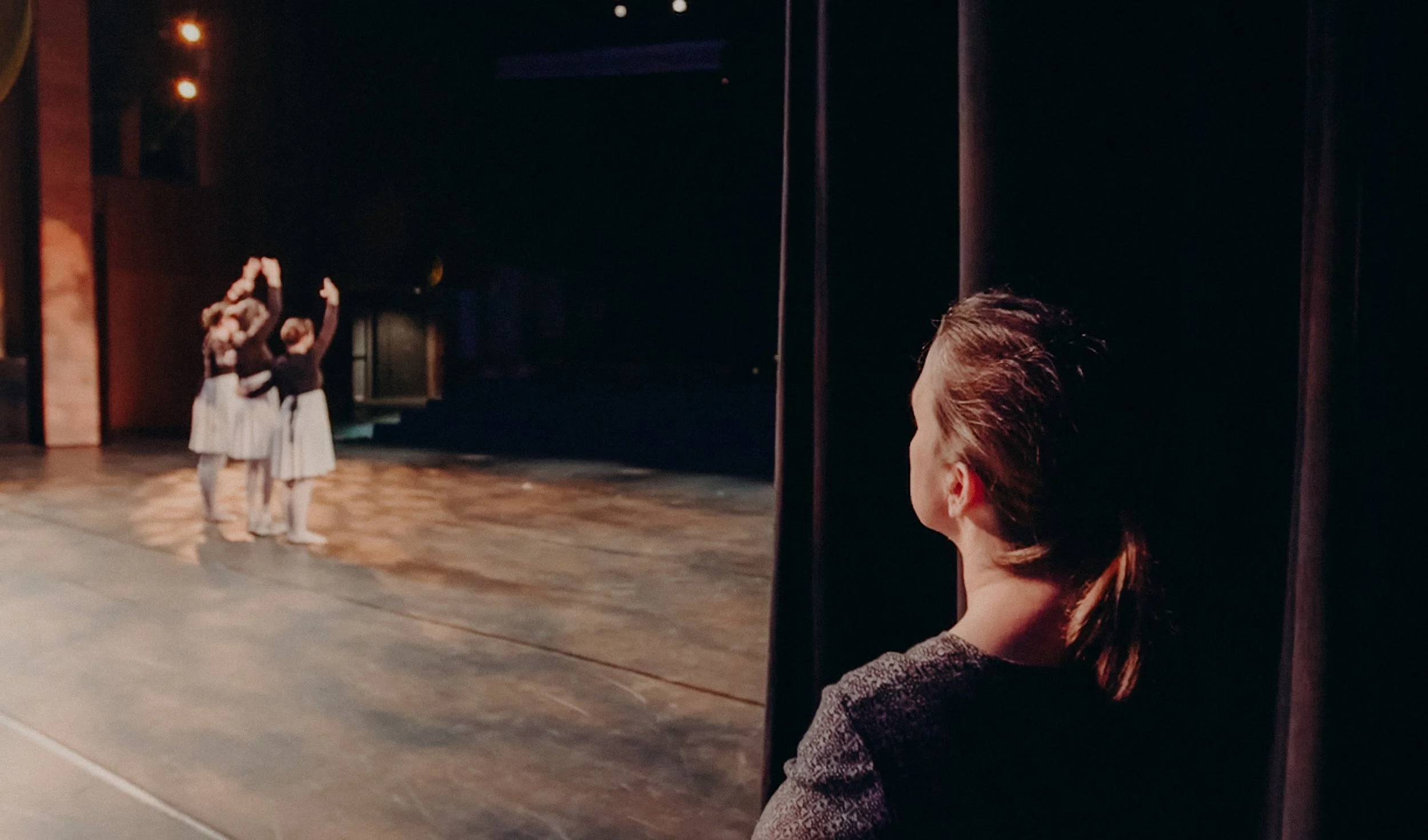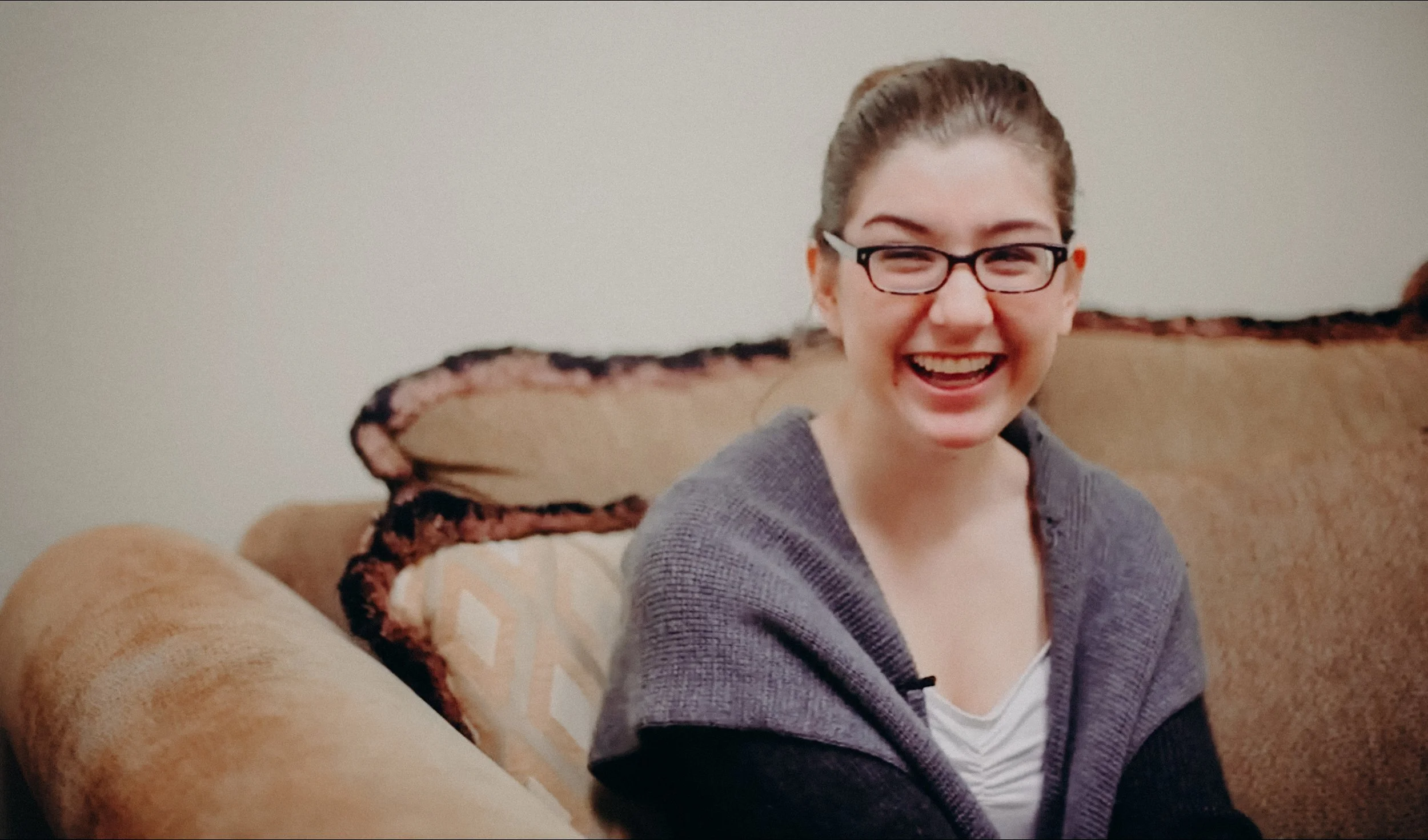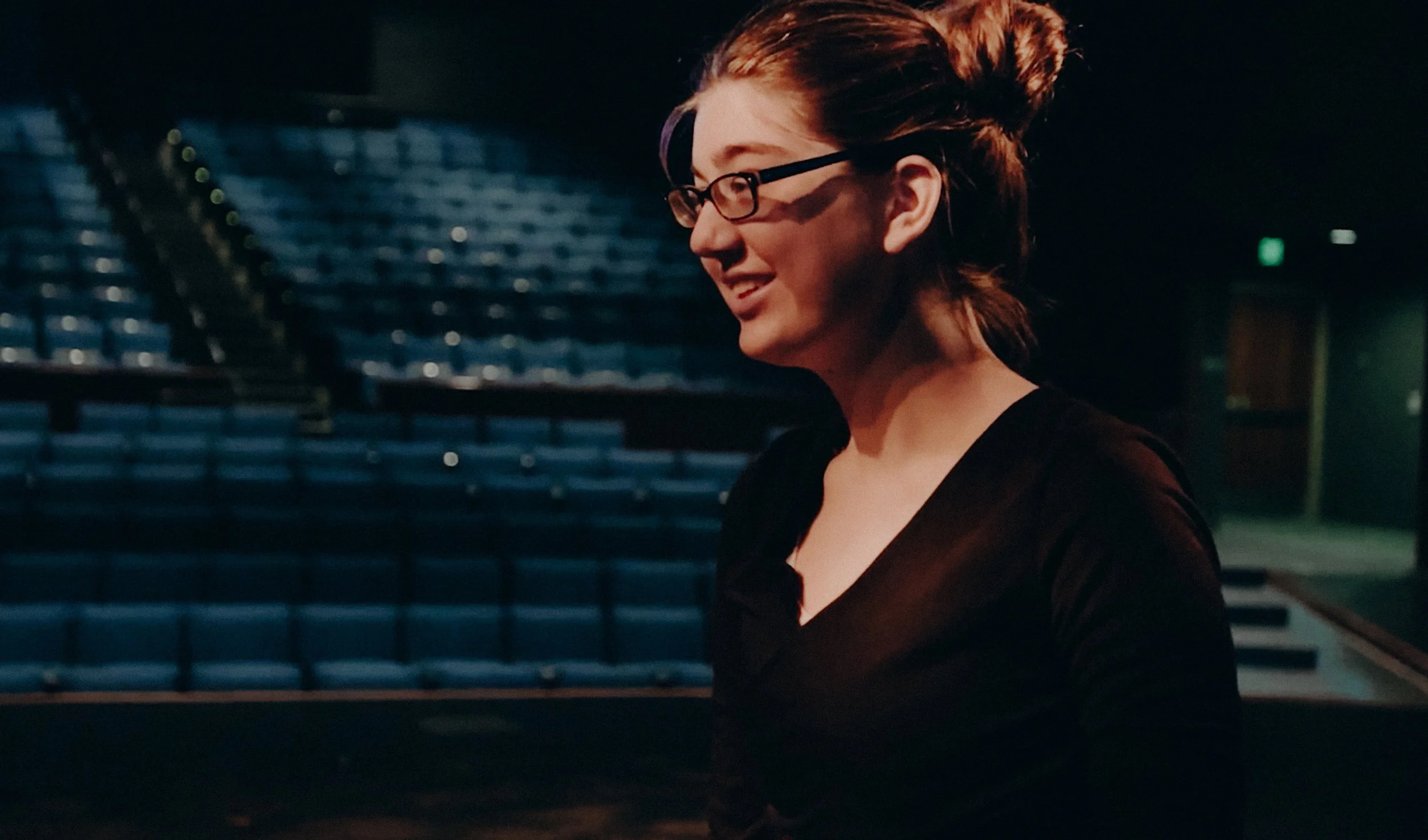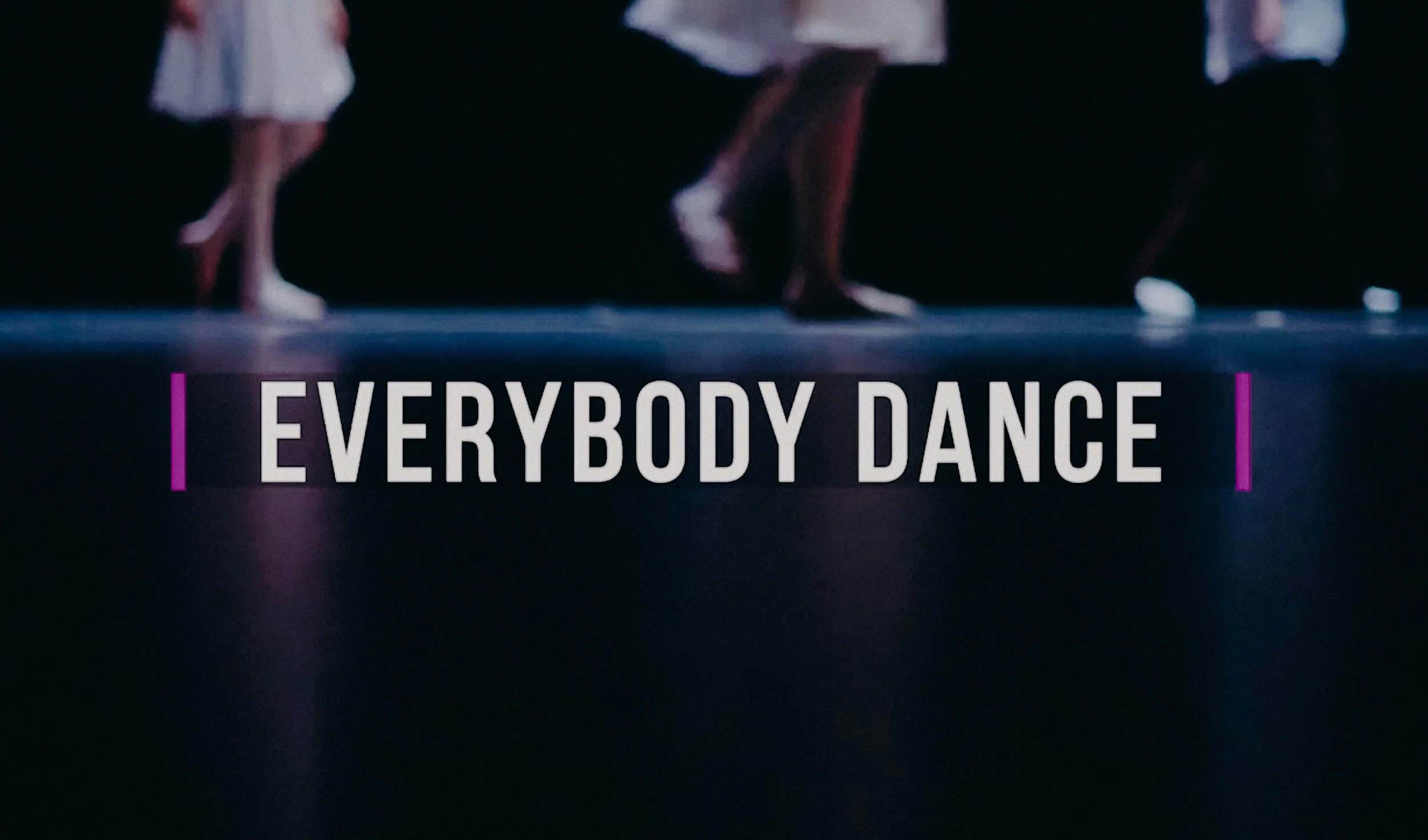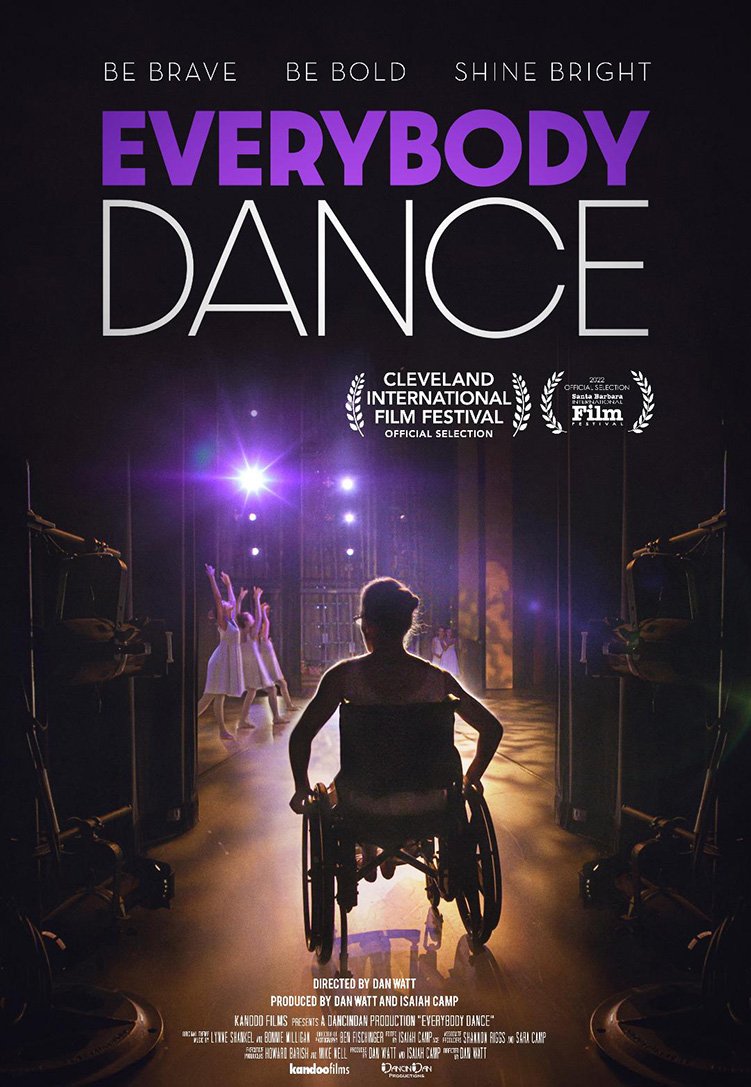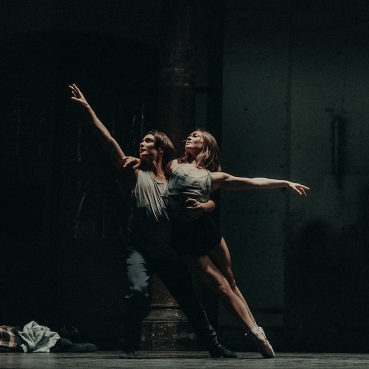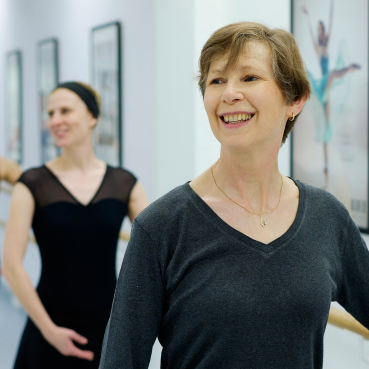Everybody Dance Documentary Highlights Inclusivity in Dance
Director and Producer Dan Watt brings a heartfelt narrative to life through his inspiring documentary that centres on an inclusive dance studio providing students with disabilities the opportunity to express their passion for dance. A beautiful film that spreads awareness around disabilities such as cerebral palsy, autism spectrum disorder and attention deficit hyperactivity disorder, audiences will see not only the challenges these children face, but just how remarkable they are at overcoming them with such bravery. Most importantly, the film is a poignant reminder of the importance of implementing inclusive practices into dance and everyday life. We spoke with Dan Watts and one of the dancers featured in the film, Sarah Hansen to learn a little more about Everybody Dance.
Sarah Hansen rehearses in the studio with Founding Director of Ballet For All Kids, Bonnie Schlachte
In the extraordinary documentary, Everybody Dance, Dan Watt uncovers the lives of five children with diverse disabilities in the lead up to their dance recital. As they delve into a journey of “self-discovery, dedication, friendship, achievement and yes, dance!”, what becomes obvious to viewers is their tenacity and passion to dance. Throughout, the children are given the chance to describe their internal battles, whilst attending Founding Director Bonnie Schlachte‘s classes at the non-profit program, Ballet For All Kids (BFAK), established in 2008. One aspect that separates this dance school from many is how it draws attention to creating an inclusive environment. This became prominent to Watt whilst searching for his films' ‘in’. “I got on the internet and looked for schools and conservatories that offered classes in the arts for kids with different disabilities. There are many places across the country that offer this, but some felt more like a babysitting service than an actual class. As I continued to look, I found Ballet For ALL Kids. I reached out to Bonnie, we chatted a few times and met for coffee. After she felt comfortable with me and my concept, she invited me to observe a class. After that, I knew this was my film.”
Ballet For All Kids students perform onstage during their dance recital
“What is so special about this studio is that everyone is welcome. There are kids who are typical, have autism, cerebral palsy, down syndrome and other different disabilities. But, like the name of the studio says for ALL KIDS, that was the thing that made me want to tell these stories - everyone coming together with one goal, to Dance.”
Director and Producer of Everybody Dance, Dan Watt.
The documentary showcases the Schlachte method generated by Bonnie, who uses several unique techniques that assist neurotypical and neuro-atypical children who follow along and learn choreography. As auditory, visual, vestibular learning and emotional intelligence remain a focus, students are enabled the chance to learn classical ballet. We see visual learning being applied when Bonnie uses props such as large cardboard scissors that act as visual aids. She displays the difference between first and second positions with the feet, which mimic scissor blades opening and closing. By doing so, she caters to various abilities and in turn ensures her classes are accessible to all. With assistants at the ready, dancers are also provided with encouragement and corrections to perfect their technique.
Bonnie Schlachte watches sidestage as dancers rehearse for their recital
Receiving the recognition it deserves, appearing on the acclaimed, The Kelly Clarkson Show, the documentary narrows in on the life of dancer Sarah, who lives with a neurodegenerative disease and considers living and breathing “a miracle”. Whilst the neurodegenerative disease causes the progressive loss of function in the brain and nerves that control muscles and other body functions, nothing stops her from dancing. Our screens are graced with the kind-spirited and dedicated individual, who describes dance as ‘being filled up with a cloud of cotton candy’. She explains why dance is so fulfilling, “When I dance, I forget that there are limits to what I can do. In that moment, I am just enjoying being in a creative space. I feel so light I could walk on the clouds. I feel as happy as a kid stuffed with cotton candy. Dance is such a freeing experience for me. It is a medium where I can truly express myself sans limitations.”
Dancer Sarah Hansen, who lives with a neurodegenerative disease
From the moment she began her dance journey at Ballet For All Kids, at the age of 12, she has made immense progress, not only physically, but mentally. Sarah acknowledges the type of ballet technique that is integral, making an emphasis on correct leg, posture and foot placement, “Since walking doesn’t necessarily come naturally to me, I have to do mental checks all the time. Is my core engaged? Are my feet flat? Are my glutes engaged? Are my obliques engaged etc? When you actually have to think about every aspect of walking, you realize how difficult a skill it really is! Doing ballet with Bonnie also gave me a way to practice ‘talking’ to my body. It has also been a way of practicing activating different muscles in my body. It has also helped me proprioceptively. I am more aware of where my body is in the space.”. This ties in perfectly with what the non-profit organisation located in Los Angeles aims to assist with as strength, balance, coordination, and self-confidence are key focal points for students. Sarah goes on to mention the way in which Bonnie strives to teach empathy and graciousness through dance, “Not only are you learning dance, but you are also learning kindness as well. I do think that other classes should be open to accommodate for all individuals. If people of all abilities work together, not only are they learning a new skill, but they are also learning to look at the world with more grace and compassion.”. In addition to the ballet classes, we see how Ballet For All Kids provides performance opportunities for its students, allowing them to demonstrate their commitment to dance and the skills gained. For Sarah, the opportunity to dance on stage has taught her about acquiring a sense of pride.
“I think one thing dance has taught me growing up is how self-assured and confident I can be. I remember once staring into a spotlight at a dress rehearsal and thinking of a line, ‘I’m not a girl who looks into the spotlight, because maybe I’ll go blind. But, someday if I look up, maybe I’ll shine.’...I don’t usually believe myself worthy of being in the spotlight. I’m aware of how my limitations can slow others down. I am hyper-aware of the fact that I can be a burden. But, dancing helps me realize that even with my limitations, I do have creativity, love and brightness that CAN be in the spotlight. Dancing has helped me be confident in my own space. Bonnie and BFAK has been instrumental in me being proud of the space I take up.”
At times, we’re so caught up in our own lives that we forget to be grateful of the small wins we come across. If we stop and reflect, we can expand our understanding of topics and the opportunities we have at our fingertips. Having won a Chita Rivera Award for Outstanding Direction of a Documentary Release, Watt finishes up by highlighting the main lesson he wishes his audience to obtain, “We all come upon obstacles in our lives that we have to work our way through. Some may experience the world in different ways, and if we embrace this, it actually can help us see the wonders of dancing to our own rhythm, yet still dance together.”. Likewise, Sarah voices her opinion on what she would like individuals to learn more about, “I’d like people to know that people with disabilities are still people. We still have a need for love and community. We have our own creativity. We’re not so terribly different from our neurotypical peers. We have a need for community and friendship. We have a need to express ourselves. We are so much more than just our limitations.”. No-one should discourage you from participating in something you enjoy or make you feel less than. Like Sarah, displaying bravery is a great attribute to carry through life.
Watch, Everybody Dance, through several streaming services including Prime Video, Apple TV, iTunes, Google Play, Vudu and Vimeo.
Watch the trailer: youtube.com/everybodydancedocumentary
Watch the documentary: https://vimeo.com/ondemand/everybodydance2
Follow on Instagram: @everybodydancedoc
Follow on Twitter: @EveryDANCEdoc
Article by Lara Divitcos
Image courtesy of Everybody Dance and Dan Watt

